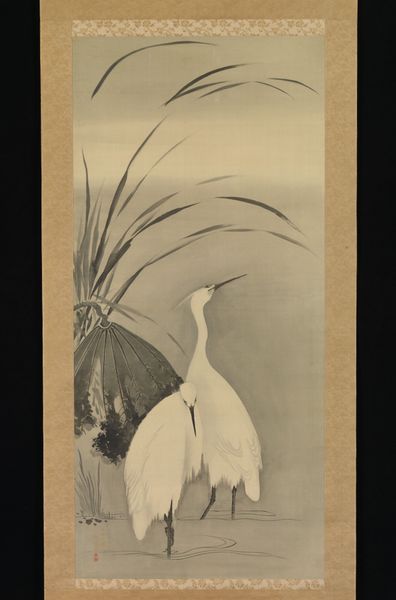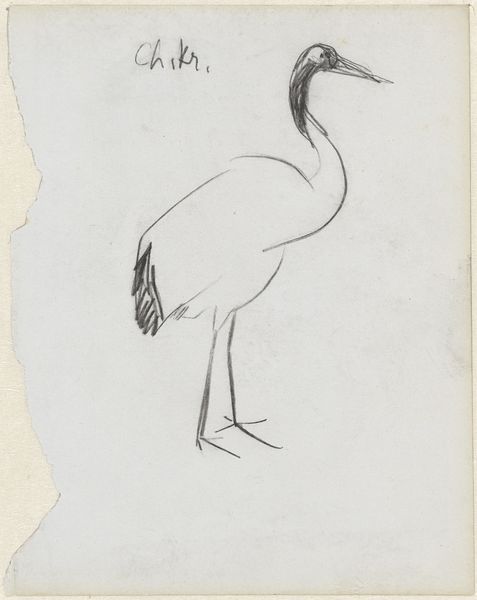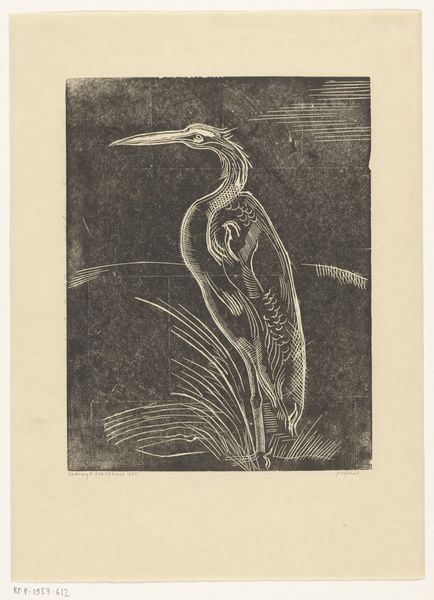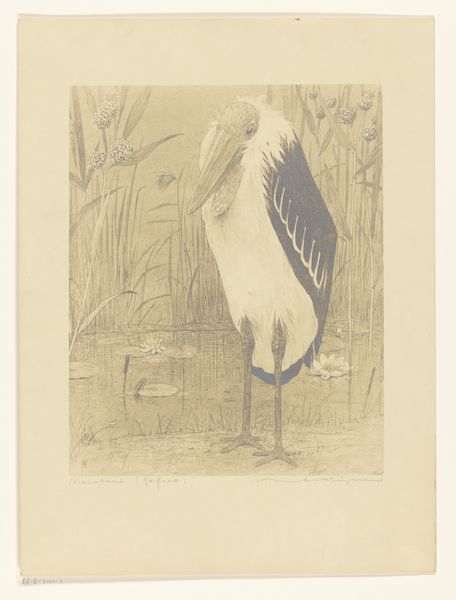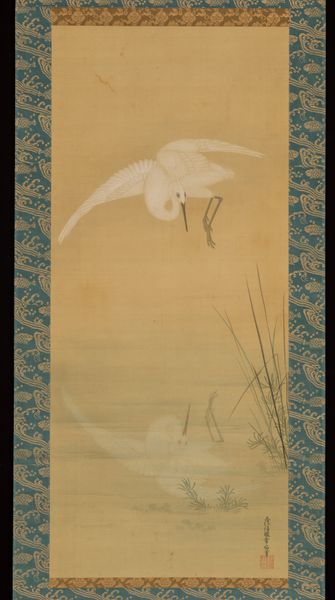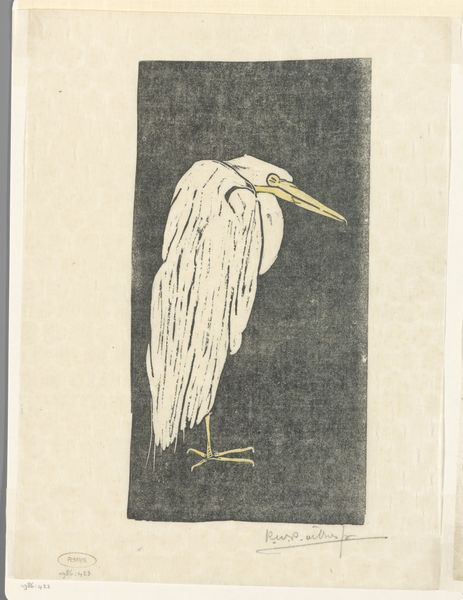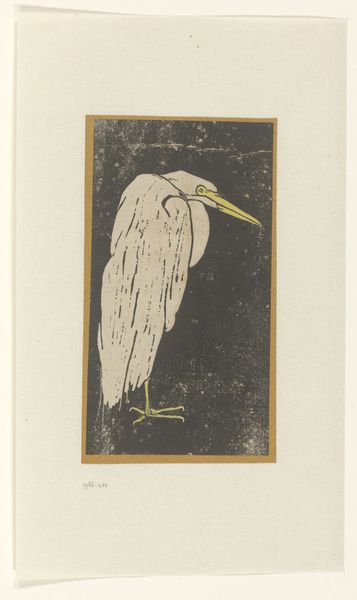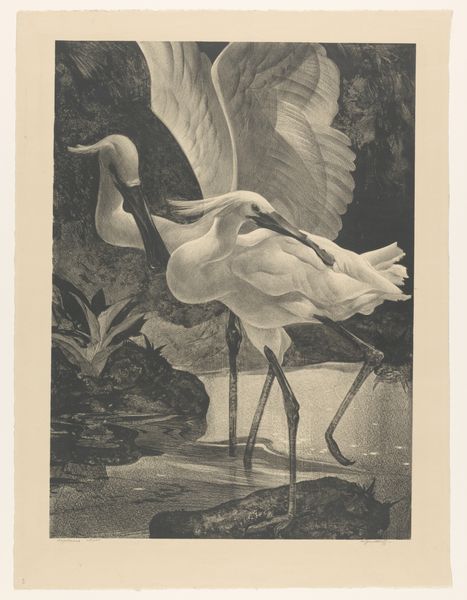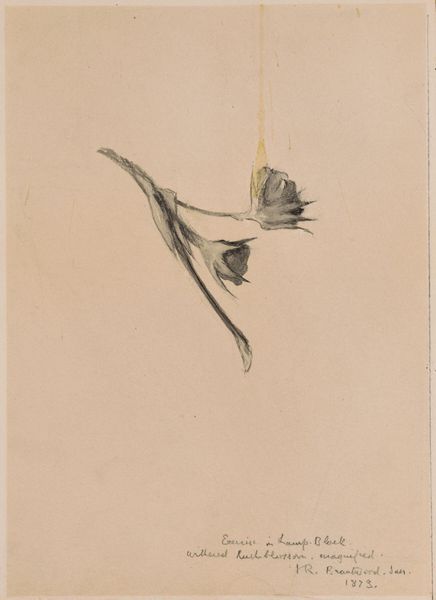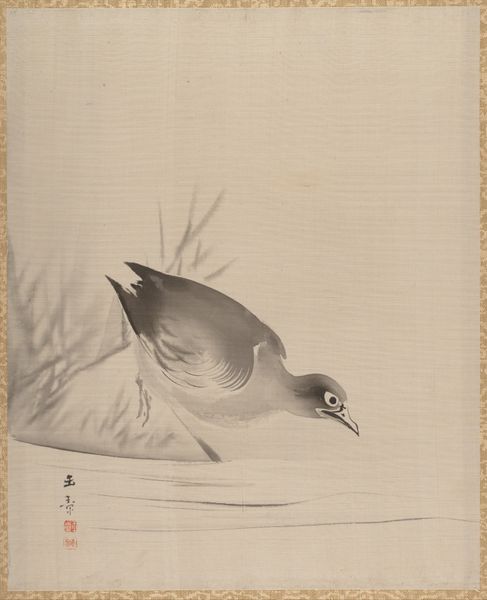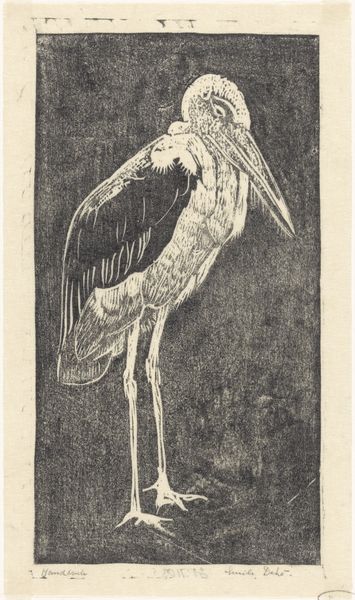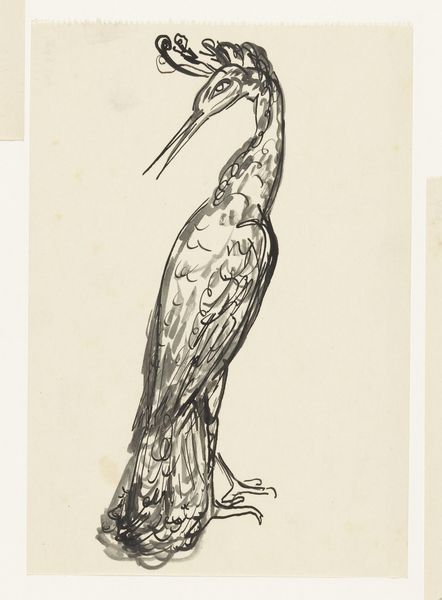
watercolor
#
asian-art
#
watercolor
Dimensions: Image (each scroll): 61 7/16 x 35 7/8 in. (156 x 91.2 cm) Overall with mounting (each scroll): 84 x 36 3/4 in. (213.4 x 93.3 cm) Overall with knobs (each scroll): 84 x 39 1/4 in. (213.4 x 99.7 cm)
Copyright: Public Domain
These hanging scrolls, painted with ink and color on paper, were created in Japan by Nagasawa Rosetsu in the late 18th century. They depict a pair of cranes, symbols of longevity and good fortune in Japanese culture, rendered with striking simplicity and subtle gradations of ink. Rosetsu was part of the Maruyama-Shijō school, known for its emphasis on realism and naturalism. However, Rosetsu’s work often displays a more eccentric and expressive style, challenging the established norms of the art world at the time. The patronage system in Edo-period Japan played a significant role in shaping artistic production, with artists often relying on wealthy merchants or temples for support. Rosetsu’s bold and unconventional approach may have been a commentary on the rigid social structures of his time. To fully understand Rosetsu’s intentions, we can look at the cultural and institutional contexts that shaped his artistic practice. We can turn to historical documents, letters, and critical reviews to gain a deeper appreciation of the complex social and political dynamics that influenced his work.
Comments
No comments
Be the first to comment and join the conversation on the ultimate creative platform.
